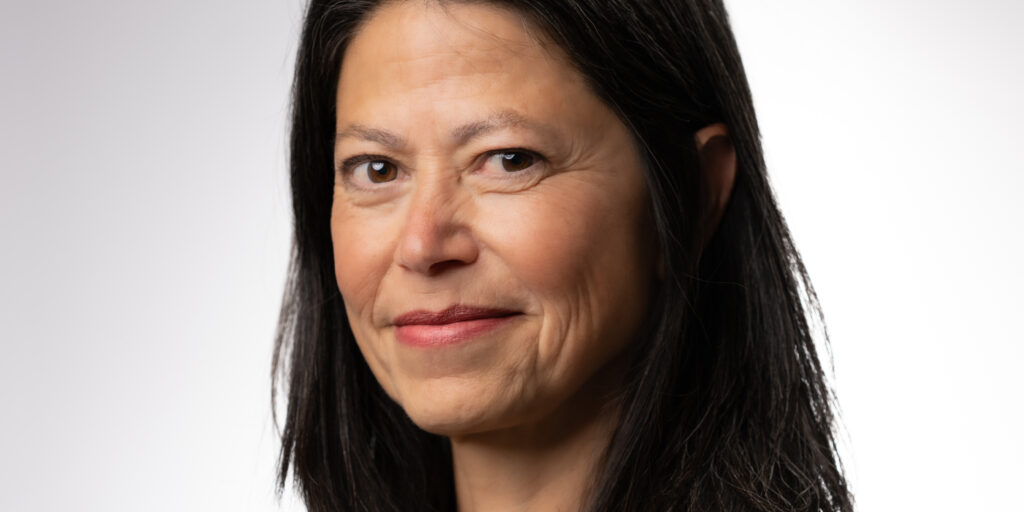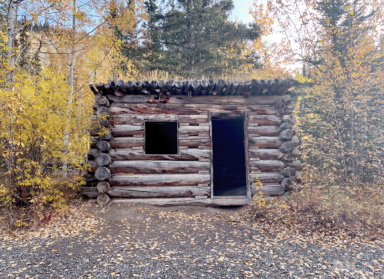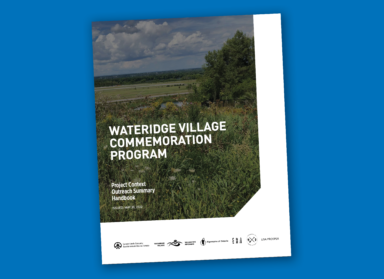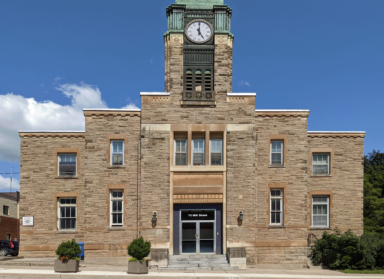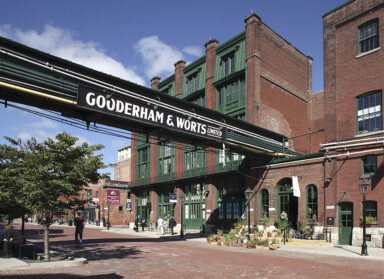ERA Architects is thrilled to welcome Lisa Prosper as the firm’s Senior Advisor with expertise in Indigenous heritage, cultural landscapes and World Heritage. Lisa brings an Indigenous perspective to her work in cultural landscapes and cultural heritage as they intersect with planning, design, interpretation, and engagement.
Lisa’s work is informed by diverse and extensive experience working with Indigenous communities, governments, heritage organizations, and private firms to identify, interpret, commemorate, and conserve cultural landscapes and other forms of place-based heritage. Her wide-ranging past projects with ERA include the Wateridge Village Commemoration Program and Handbook, the Kìweckì Point (formerly Nepean Point) Interpretation Plan, the Our Yukon Heritage Reserves Management Priorities Report, and the Tr’ondëk-Klondike World Heritage Nomination. She has also worked extensively with national and international organizations including UNESCO and ICOMOS on heritage policy and practice.
To learn more about her background, career, and ideas, ERA founding principal Michael McClelland sat down with Lisa to explore the evolving relationship between place and heritage frameworks.
Michael McClelland: Can you tell us a little bit about yourself and your work?
Lisa Prosper: I am originally from Ottawa but spent much of my youth in Toronto. I eventually moved back to Ottawa to study cultural landscapes with Julian Smith at Carleton University and received an MA in Heritage Conservation. I spent my early career in heritage exploring how cultural landscapes are interpreted in the World Heritage context through the lens of Indigenous worldviews. I went on to teach at Willowbank, the school of restoration arts in Queenston, Ontario, where I was the inaugural Director of the Willowbank Centre, which investigates the theory and practice of cultural landscapes.
I have since lived in the north of Canada for several years and am currently based in Whitehorse, Yukon. Living and working in the north has enhanced my understanding of Indigenous cultural heritage and landscapes. I have been lucky enough to participate in a number of fascinating projects in the Yukon, focusing on heritage of the Tr’ondëk-Klondike, Herschel Island – Qikiqtaruk, and the Territory’s many heritage reserves. Since being in the north, I have also continued my long association of working with Parks Canada on various initiatives. For example, I am a past member of the Historic Sites and Monuments Board of Canada and am the current Chair of the Indigenous Cultural Heritage Advisory Council. I have also worked with other federal departments to integrate Indigenous values and perspectives into national projects and recently served on the jury for the redevelopment of Block 2 in the Parliamentary Precinct.
MM: How did you come to focus on cultural landscapes and how do you understand them?
LP: The idea of cultural landscapes informs all my work. I was first introduced to the concept when studying the ritualized use of civic space in Renaissance Italy as part of an art history degree. Later, Julian’s ideas about cultural landscapes as artefact and ritual added to that understanding. In my mind, both perspectives went beyond thinking of the physical evidence of human activity as the primary expression of a cultural landscape, a perspective that still prevails in the heritage field.
When I began learning about Indigenous cultural heritage and how Indigenous Peoples understand their relationship with the land, I became aware that many Indigenous cultural landscapes have no visible or discernible evidence that identifies or defines them other than the natural landscape. This casts cultural landscapes not so much as things, but as webs of interlinked elements and expressions — some of them material in form, but many not — that rely on cultural practices to cohere them into a system of meaning.
People often ask me to define cultural landscapes, but I resist thinking of them as a typology, as is standard in the heritage field. I prefer to think of them as a very useful concept for getting at the shared meanings and significance of a place that result from the intersection of people and place over time. Cultural landscapes create the opportunity to pursue an approach to understanding place in a fulsome way, one that can include Indigenous Peoples and their worldviews. This approach applies as much to urban centres as it does to the vast northern tundra.
MM: What are some of the ways you’d like to further this work at ERA?
LP: ERA is a very dynamic and forward-thinking firm that engages in a wide range of exciting projects and initiatives. This creates the opportunity to apply the concept of cultural landscapes in different contexts and in service of different objectives, drawing on the expertise and strengths of ERA’s team. In the projects I have worked on with ERA in the past, I have really appreciated collaborating with people who are committed to seizing this opportunity with a view to achieving successful and compelling outcomes. Together with ERA, I hope to continue exploring the potential of a cultural landscape perspective to enhance our understanding of heritage and its contribution to shaping spaces that reflect and support the people and communities associated with them. Ultimately, what I look forward to most is the practical challenge presented by each project, and the way it forces us to adapt and evolve the idea of cultural landscapes as a useful tool.
MM: Thanks, Lisa. We’re looking forward to working with you!
Lisa can be reached at [email protected]
